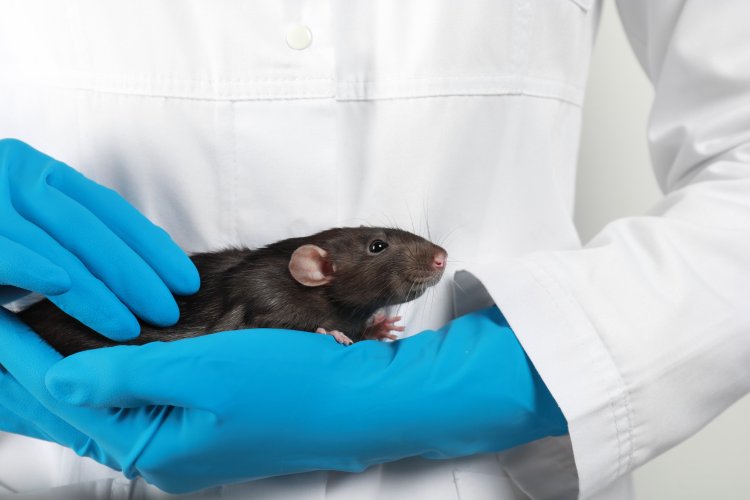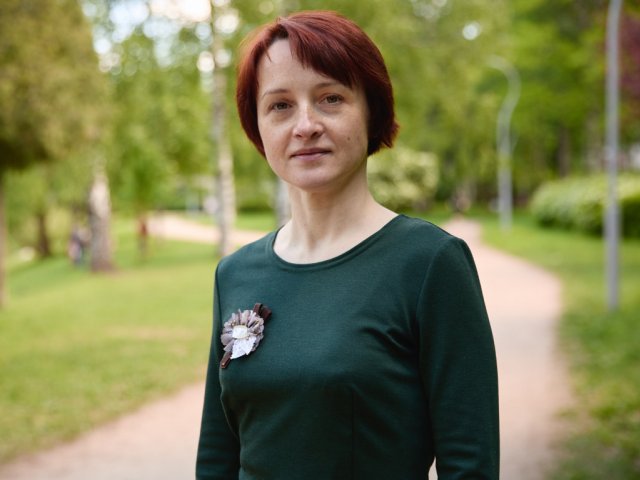If a dog bites you in the street, visit a clinic. The animal may not necessarily be afflicted with rabies, but such a probability cannot be ruled out, and if the disease develops, it is almost sure death. Today, rabies vaccination is the norm, but at the end of the 19th century, the bite of an infected animal did not leave people a chance. The situation changed on July 6th 1885 when the French chemist and biologist Louis Pasteur first introduced a human vaccine against rabies.
In the summer of 1885, the nine-year-old Joseph Meister was bitten by a rabid dog in the French East Alsace. It was practically a death sentence for the child: rabies was considered an incurable disease as the virus would affect the nervous system and the patient would die of asphyxia after the respiratory tract had become paralyzed.
Rural doctors could not help: they advised Josef's mother to visit the then already famous Louis Pasteur. In Paris, the researcher had successfully completed his animal experiments by vaccinating dogs with a weakened virus strain. The chemist and microbiologist carried out experiments but he did not have a doctor’s license: the law forbade him to treat the child. But it was absolutely clear that the boy would die if not treated, and the scientist decided to administer the vaccine to a human.
The course of injections was performed by Jacques-Joseph Grancher, the pediatrician of the Faculty of Medicine of the University of Paris – lacking a license, Pasteur was not allowed to perform vaccination. As a result, the boy survived. In gratitude for his saved life, Joseph Meister would devote his entire life to Pasteur: he worked as a guard at the Pasteur Institute in Paris and cared for the scientist’s grave after his death.
Although Joseph Meister is officially believed to be the first person to be cured of rabies, researchers studying logbooks from Pasteur’s lab found records of a 61-year-old man named Girard and a 11-year-old Julie-Antoinette Poughon. Records say they were vaccinated before Meister – in June of the same 1885. It is known about Girard that there was a visible improvement after the vaccine was administered, and he was discharged, while Poughon was admitted with severe symptoms to the Saint-Denis Hospital where she died after receiving a second dose of the vaccine.
Rabies occurs in more than 150 countries. In almost all cases rabies is transmitted to humans by dogs, with half of bitten subjects being children under the age of 15. It is imperative to watch the wound thoroughly with water after the bite.
The incubation period of rabies usually lasts for 2-3 months but in some cases, it may decrease to a week or increase to a year: this depends on the site of virus penetration and the viral load. Initial symptoms are rising temperatures and pain, unusual or unexplained sensations of tingling, pricking or burning at the wound site.
Rabies can be expressed in violent and paralytic form. Violent rabies manifests itself in the form of hyperactivity, excited behavior, hydrophobia, and sometimes aerophobia. The less frequent paralytic rabies is not so pronounced and usually lasts longer than the violent form. A gradual development of muscular paralysis is characteristic, starting from the site of the bite or scratch. Coma sets in slowly, and death eventually occurs. In the case of paralytic form, a wrong diagnosis cannot be ruled out.
It is because of those grave consequences that any suspicion (and rabies can be contracted not only from dogs, but from foxes or other animals as well) it is necessary to consult a doctor. Louis Pasteur took care of us.






















